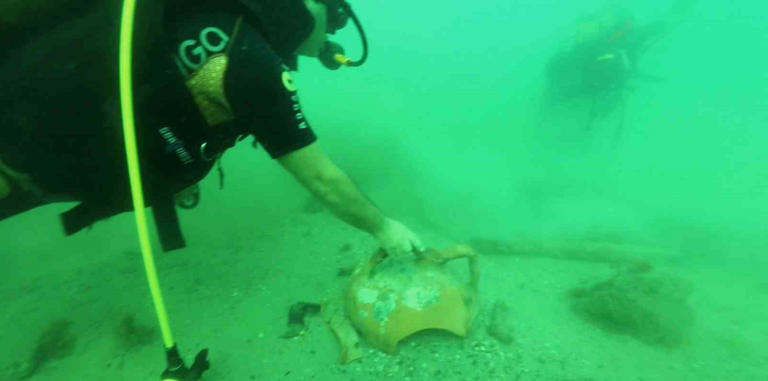
2400-year-old artifacts found in the Black Sea’s first scientific underwater excavation
The first scientific underwater excavation of the Black Sea was carried out in Kerpe Bay.
Dozens of historical artifacts dating from the 4th century BC to the 12th century AD were unearthed.
Kerpe is a small settlement on the western Black Sea coast of Kandıra district of Kocaeli province in northern Turkey.
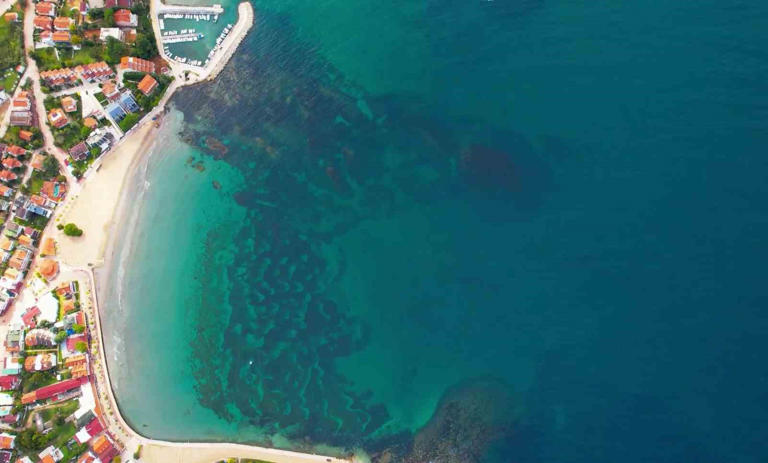
Kerpe was known as “Kalpe”, which means “pot, jug, jug, jug” in Hellenic language. A commercial center, Kerpe was a stopping point for ships during the Roman, Byzantine and Genoese periods.
📣 Our WhatsApp channel is now LIVE! Stay up-to-date with the latest news and updates, just click here to follow us on WhatsApp and never miss a thing!!
Kerpe Bay met Istanbul’s needs such as wood, coal and logs during the Ottoman period.
The remains of the pier belonging to the Ancient Kalpe Harbor were mostly submerged underwater, leading to underwater excavation works initiated in 2020.
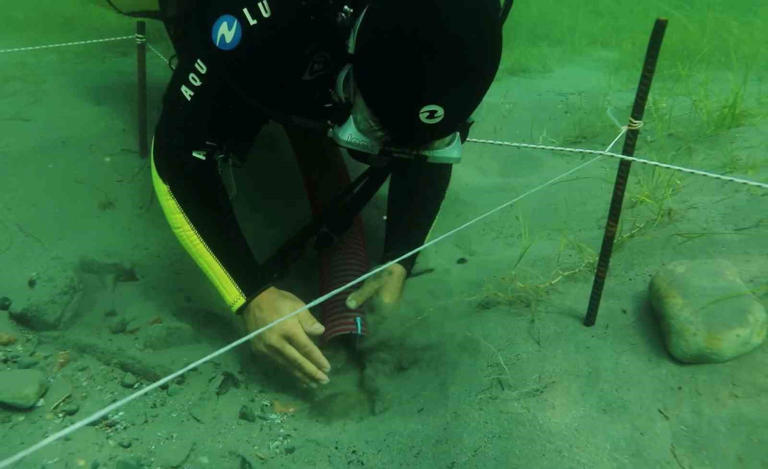
The excavations are conducted by the Kocaeli Museum Directorate under the supervision of the Ministry of Culture and Tourism, General Directorate of Cultural Heritage and Museums.
The excavation team worked 80 meters away from the shore at a depth of 4 meters to reach the remains scattered over an area of approximately 2,000 square meters.
During the excavations, they unearthed two parts of the ancient pier and numerous remnants of amphorae (two-handled pottery typical of the ancient period) from underwater.
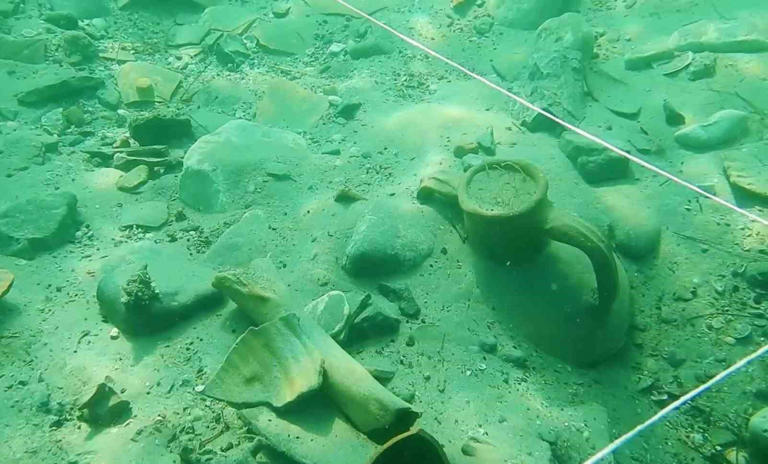
These artifacts are being showcased in the Kocaeli Archaeology Museum under the exhibition titled “The Silent Harbor of the Black Sea: Kalpe.”
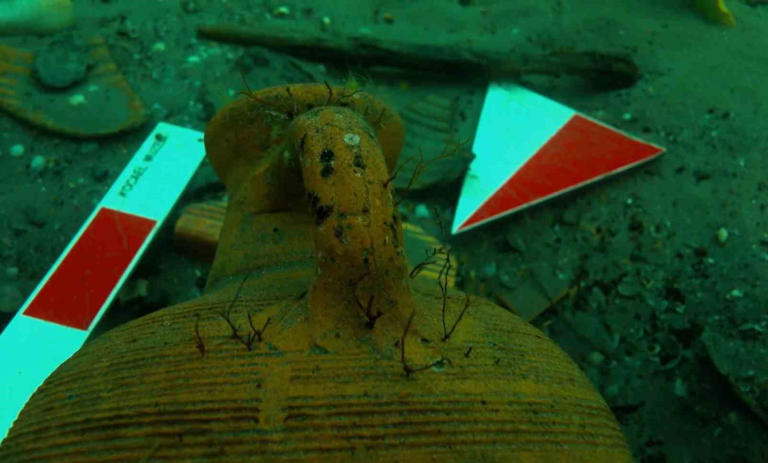
Serkan Gedük, Director of Kocaeli Museum, stated:
“We believe that it is extremely valuable in terms of emphasizing the commercial relations between the east and the west from the Antiquity to the Ottoman period in the Black Sea. Therefore, we are trying to exhibit the cultural assets unearthed during the underwater excavations chronologically and with some animations in our museum. During the excavation works, we have identified many underwater cultural heritages, ranging from commercial amphorae remains dating from the 4th century BC to the 12th century AD, to red-glazed ceramics, lamps, pipe fragments, various cultural assets belonging to the Ottoman period and shipwreck remains that we have detected in the region.”
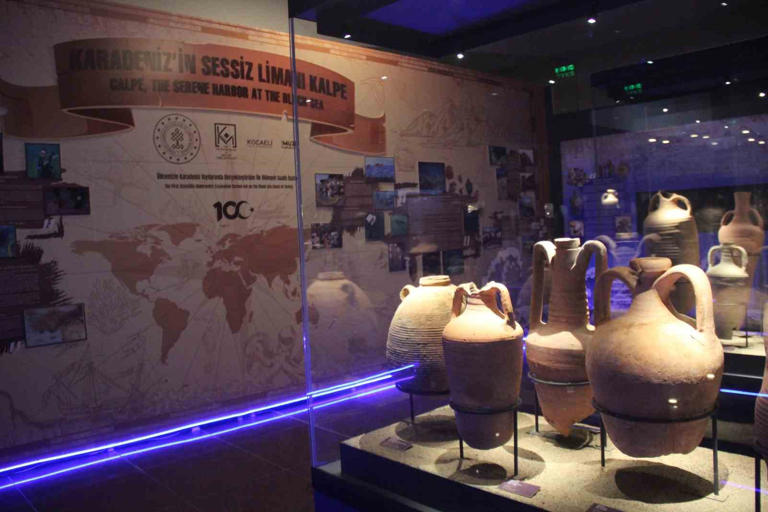
You may also like
- A 1700-year-old statue of Pan unearthed during the excavations at Polyeuktos in İstanbul
- The granary was found in the ancient city of Sebaste, founded by the first Roman emperor Augustus
- Donalar Kale Kapı Rock Tomb or Donalar Rock Tomb
- Theater emerges as works continue in ancient city of Perinthos
- Urartian King Argishti’s bronze shield revealed the name of an unknown country
- The religious center of Lycia, the ancient city of Letoon
- Who were the Luwians?
- A new study brings a fresh perspective on the Anatolian origin of the Indo-European languages
- Perhaps the oldest thermal treatment center in the world, which has been in continuous use for 2000 years -Basilica Therma Roman Bath or King’s Daughter-
- The largest synagogue of the ancient world, located in the ancient city of Sardis, is being restored











Leave a Reply